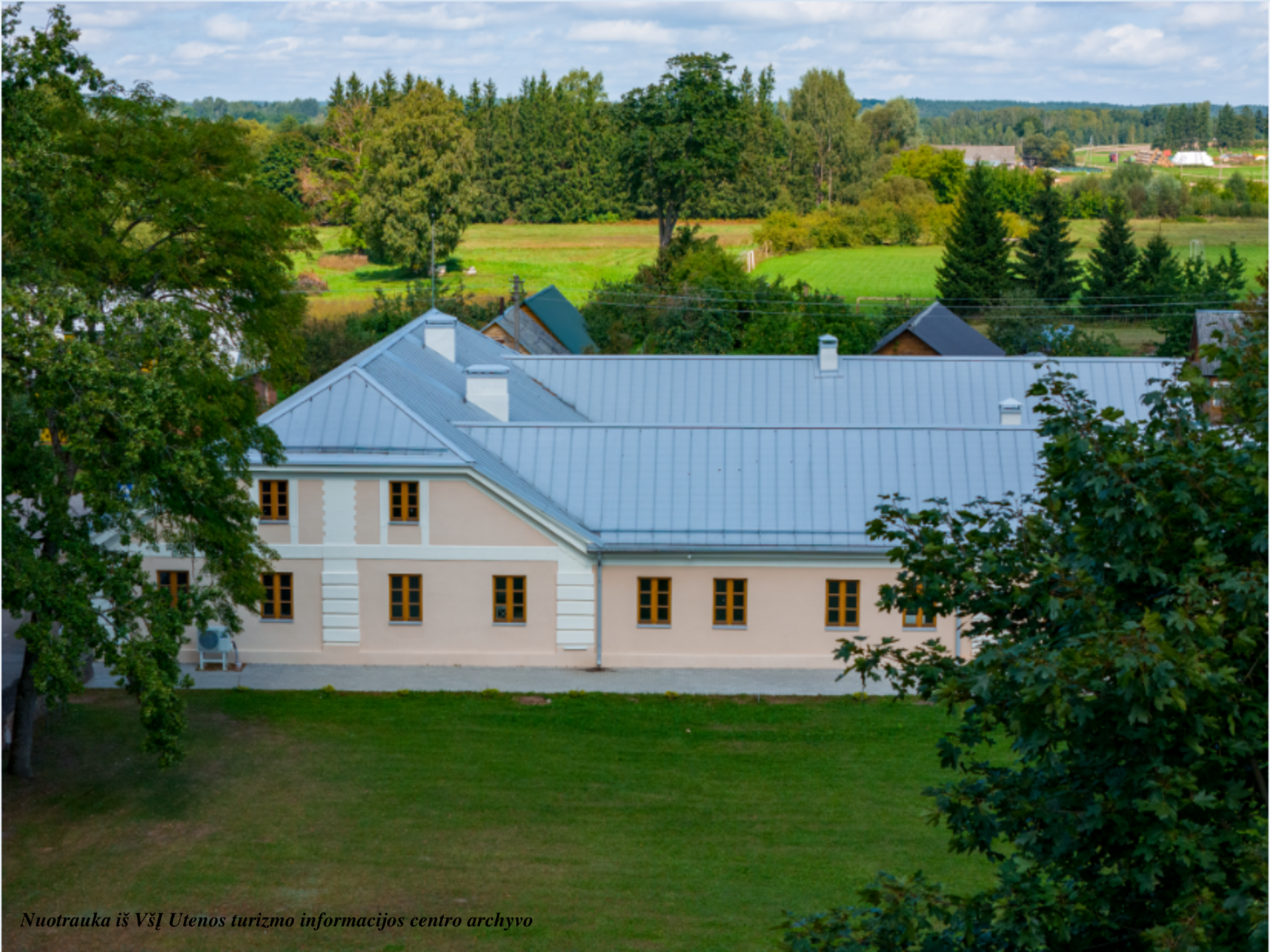Užpaliai Manor Estate

89

0

0
0 out of 5
(0 reviews)
The history of Užpaliai Manor dates back to the late 14th century and is closely associated with notable Lithuanian nobility, such as the Astikai, Radvilos, Sapiegos, and others. In the 18th century, the estate belonged to Mykolas Oginski, and later it passed into the hands of Juozapas Poniatovskis and Pranciškus Sapiega. Around 1800, the manor was reconstructed and became an important part of the local cultural life. After the uprising of 1831, the estate was confiscated and came under state treasury ownership.
Info
The history of Užpaliai Manor dates back to the late 14th century and is closely associated with notable Lithuanian nobility, such as the Astikai, Radvilos, Sapiegos, and others. In the 18th century, the estate belonged to Mykolas Oginski, and later it passed into the hands of Juozapas Poniatovskis and Pranciškus Sapiega. Around 1800, the manor was reconstructed and became an important part of the local cultural life. After the uprising of 1831, the estate was confiscated and came under state treasury ownership.
Currently, the territory of Užpaliai Manor covers approximately 33,000 square meters
and consists of three buildings and a pond connected to the Šventoji River. The manor buildings served various purposes, from administrative functions to residential use. The buildings located across Vytauto Street were once used as utility and servant quarters, and now one of the spaces is called "Kamenyčia," where cultural events take place.
The water mill, another part of the manor complex, played an important economic role until 1969, grinding flour, processing timber, and supplying energy to the town. Today, the Užpaliai Manor Estate is included in the Register of Cultural Heritage.
Found a mistake?
Report

 Entertainment
Entertainment
 Sightseeing
Sightseeing
 Food establishments
Food establishments





























 55.641616, 25.58152
55.641616, 25.58152
 Get directions
Get directions









